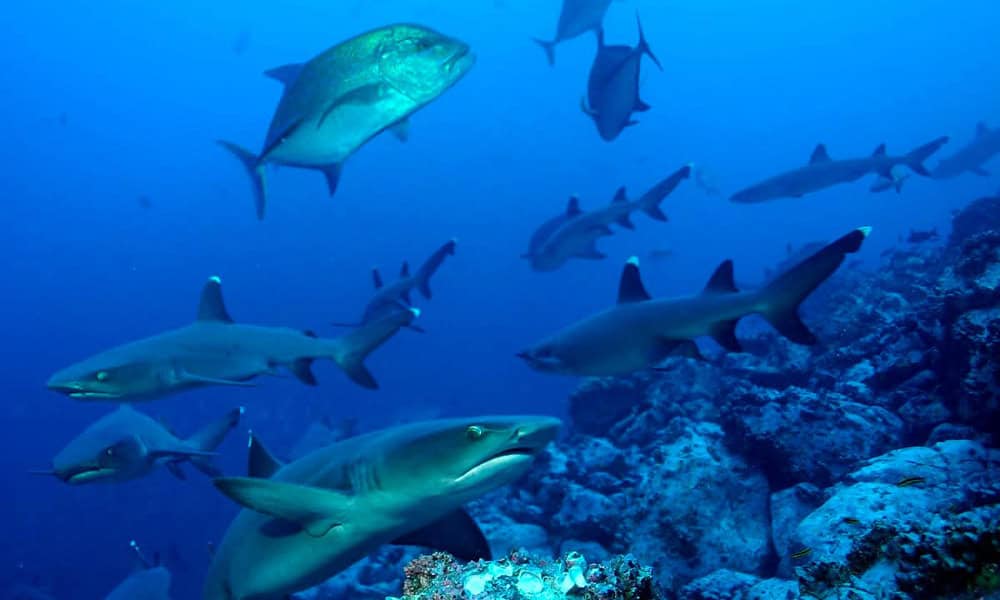The Cocos Marine Conservation Area (ACMC-SINAC) has reported a significant decrease in illegal fishing activities within Cocos Island National Park. This positive development is attributed to the implementation of the new Control and Surveillance Center (CCV), equipped with advanced satellite platforms and a state-of-the-art radar system.
Authorities announced that this monitoring center has enabled them to record a marked reduction in illegal fishing within the park’s protected waters. Heat maps generated by Global Fishing Watch confirm that no apparent fishing activity occurred within the park from June 1 to July 1, 2024. These findings highlight the effectiveness of recent expansion and protection measures implemented to combat illegal fishing.
The success of these measures results from the combined analysis of data from the Cocos Island National Park Radar, AIS data from vessels, dark detections provided by the DVD Canada system, and AIS and VMS information from Global Fishing Watch.
“These tools have been instrumental in monitoring and preserving this protected area,” officials from the Cocos Marine Conservation Area stated.
Franz Tattenbach, Minister of the Environment, underscored the importance of the new equipment and collaborative efforts in safeguarding marine resources. “We now have solid tools for the conservation of the seas, and the results obtained reinforce our commitment to the fight against illegal fishing,” he said.
These actions align with the commitments made by the Government of Costa Rica under the “High Ambition Coalition Initiative,” which aims to conserve 30% of the world’s oceans and seas.
Gina Cuza, Director of the Cocos Marine Conservation Area (ACMC-SINAC), expressed gratitude for the continued support from various organizations and urged the community to help disseminate these advancements to promote the conservation and protection of marine environments.
The achievements are the result of collaborative efforts among several organizations dedicated to marine conservation, including Global Conservation, Blue Action Fund (BAF), WildAid, MarViva Foundation, FAICO, the National Coast Guard, the Costa Rican Electricity Institute, INCOPESCA, EARTHRACE, the Government of Canada, the Ministry of Environment and Energy (MINAE), the National System of Conservation Areas (SINAC), and ACMC staff members.






